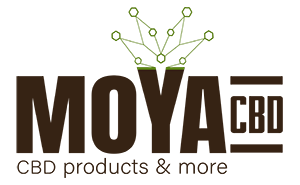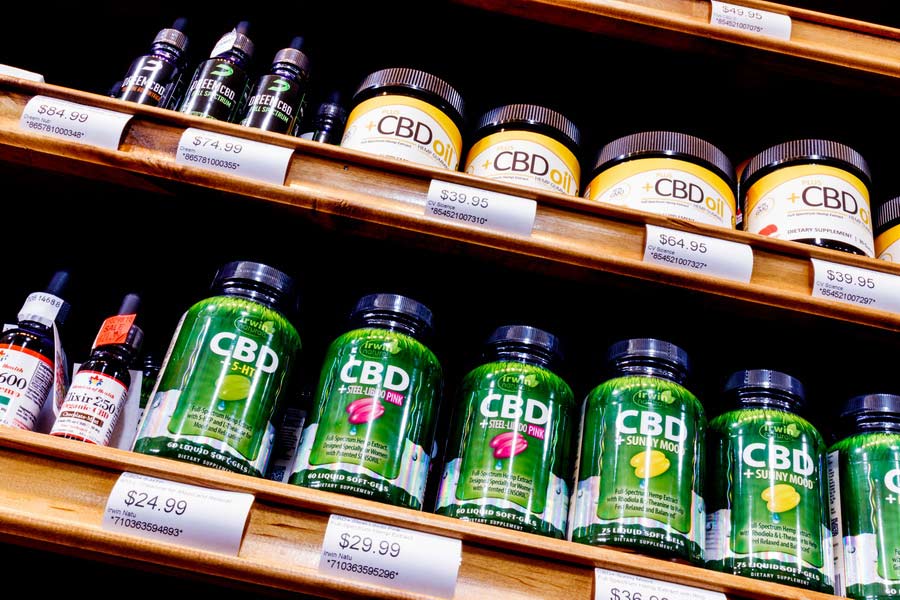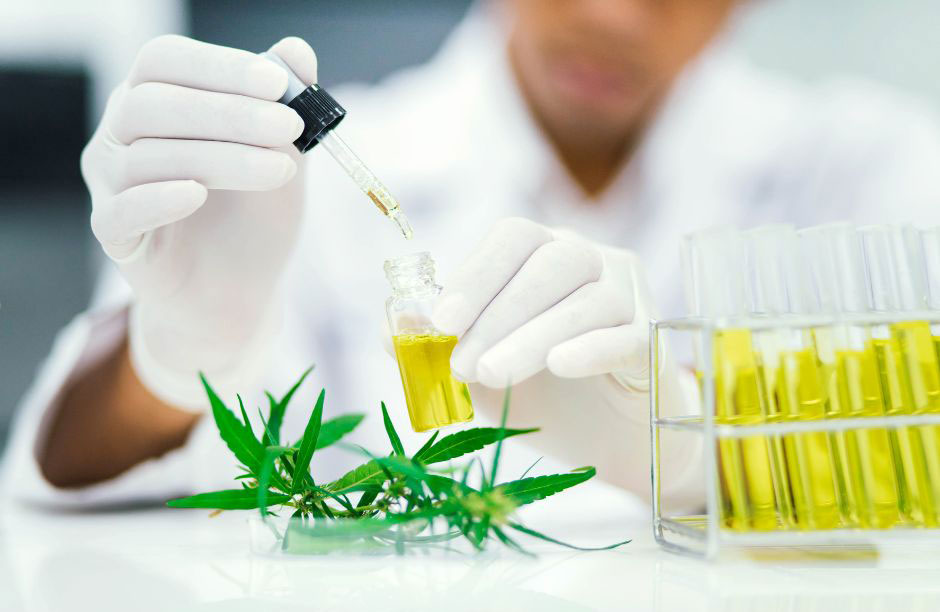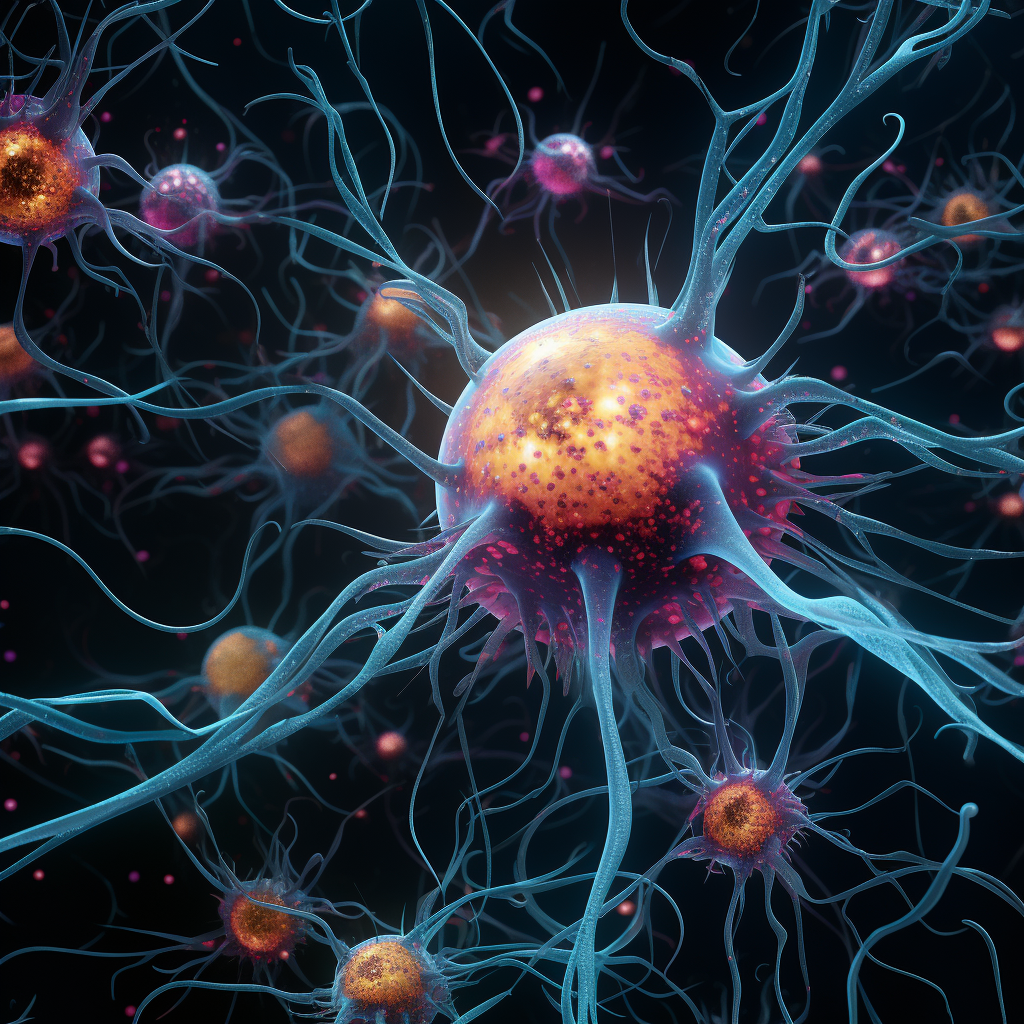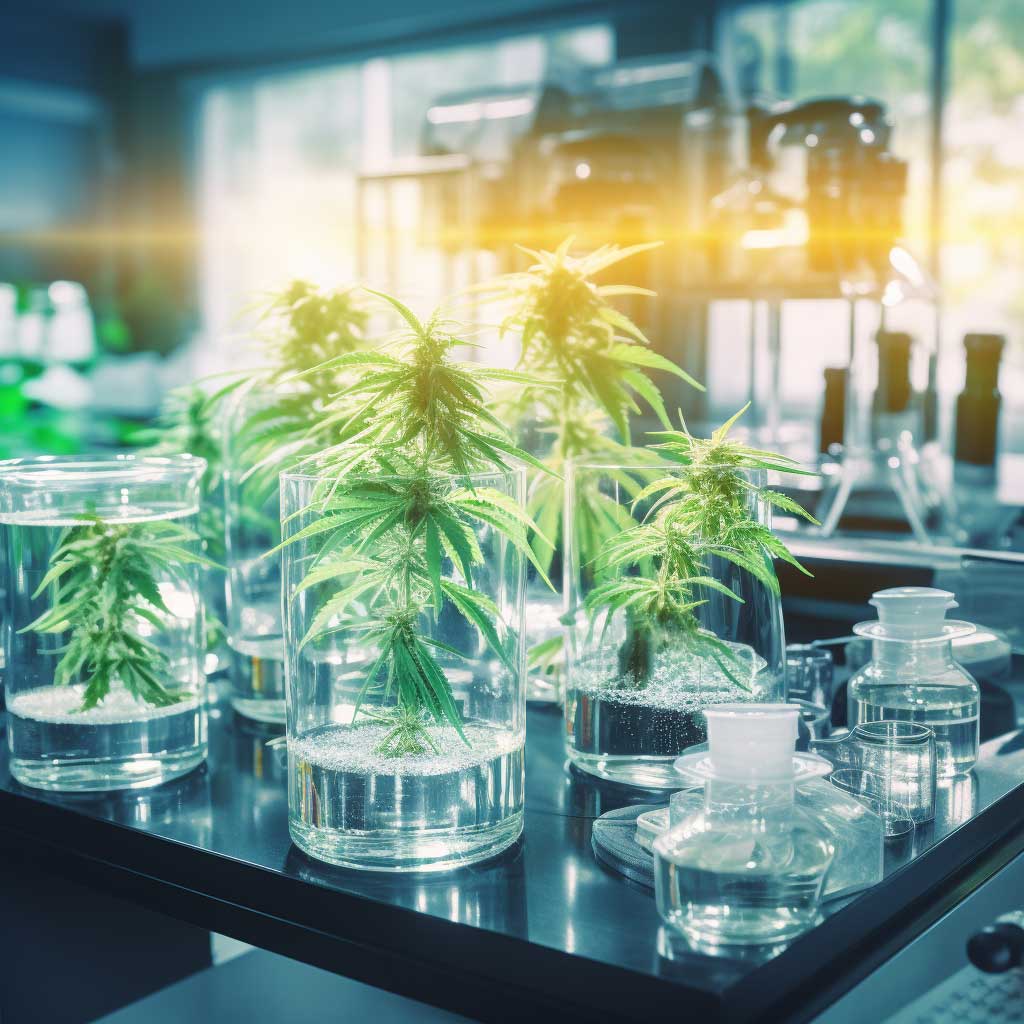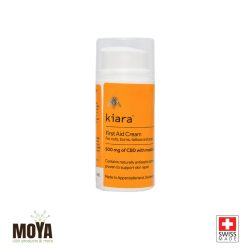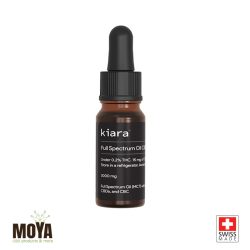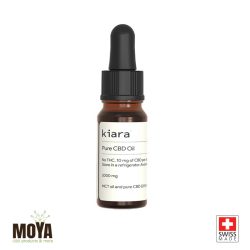When it comes to ways to use CBD, one cannot overlook the increasing availability of CBD products. CBD oils, tinctures, capsules, gummies, edibles, topicals, and more have made it easier for people to incorporate CBD into their daily routine. These diverse options offer flexibility for individuals to choose the method that suits them best. Moreover, innovative companies are now utilizing nanotechnology to develop water-soluble CBD products, enhancing bioavailability and ensuring a faster onset of action compared to traditional oil-based CBD products.
Another unique aspect of consuming CBD is the ongoing research into its potential health benefits. While more research is needed, there is evidence to suggest that CBD oil may be effective in treating conditions such as chronic pain, anxiety, and epilepsy. This has increased interest in CBD among healthcare professionals and the general public and spurred new CBD-based treatment development.
Finally, the legal status of CBD is also unique. While cannabis is still illegal under federal law in the United States, hemp-derived CBD products containing less than 0.3% THC (the psychoactive compound in cannabis) were legalised under the 2018 Farm Bill. This has created a legal grey area for CBD products, with some states and jurisdictions taking different approaches to regulating their sale and use.
Is CBD acceptance unique compared to similar supplements?
There have been other products throughout history that share some characteristics with CBD. Here are a few examples:
- Kratom:
Kratom is a plant native to Southeast Asia and has been used for centuries for its potential medicinal properties. Like CBD, kratom has gained popularity recently as a natural remedy for pain relief, anxiety, and other health issues. However, there is ongoing debate about its safety and efficacy, and the US FDA has warned against its use. - Kava:
Kava is a root native to the South Pacific and has been used for centuries as a traditional medicine and ceremonial drink. Like CBD, kava has potentially calming and anti-anxiety effects. However, there are concerns about its safety and the potential for liver toxicity with prolonged use. - St. John’s Wort:
St. John’s Wort is a plant used for centuries as a natural remedy for depression and anxiety. Like CBD, it is thought to work by modulating neurotransmitters in the brain. However, ongoing research is still into its safety and efficacy, and it can interact with other medications. - Ginseng:
Ginseng is a root used in traditional Chinese medicine for thousands of years to improve overall health and vitality. Like CBD, ginseng has been studied for its potential health benefits, including reducing stress and inflammation. However, there is still debate about its efficacy and possible side effects.
It’s worth noting that while these products may share some similarities with CBD, they are all unique in their own right and should be evaluated based on their individual properties and potential risks and benefits.
Does the history of Tea bring to mind CBD nowadays?
Tea has a long and fascinating history, and there are some interesting parallels between how it was consumed and marketed in the past and the current trends around CBD. Here are a few examples:
- Traditional medicine:
Tea has been used in traditional Chinese medicine for centuries as a natural remedy for various ailments. Similarly, CBD is also used as a natural remedy for many conditions. - Popularization in the West:
Tea was popularised in the West in the 17th and 18th centuries and symbolised refinement and sophistication. Similarly, CBD has gained popularity recently and is often marketed as a natural and sophisticated alternative to traditional medications. - Wellness trends:
Tea has long been associated with wellness and self-care and is often consumed for potential health benefits. Similarly, CBD is often marketed as a natural and holistic way to improve overall health and well-being. - Availability and variety:
Just as there are many different types of tea, including black, green, and herbal teas, there are also many kinds of CBD products, including oils, tinctures, edibles, and topicals. This variety allows people to find a CBD product that works for them and incorporate it into their daily routine. - Regulation:
The regulation of tea has varied throughout history, with some governments imposing taxes or bans on tea imports. Similarly, the legal status of CBD is still being determined in many countries, and there are ongoing debates about how to regulate its production, sale, and use.
Yes, while there are some similarities between the histories of tea and CBD, they are also quite different in many ways. However, both have played and continue to play essential roles in cultural, social, and medicinal contexts.
May the world embrace the benefits of CBD soon enough to enjoy it with a cup of tea!

Want to experiment with quality CBD products?
MOYA recommends several products suitable for treating a variety of problems, it is worth taking a look at the store and learning our many products. For free advice and to select the right product for you – contact us
Visit store

